In this blog, we explain all you need to know about Design Sprint, a popular framework which helps you reduce the costs of product development and ultimately create better, more user-focused apps, websites and platforms.
Key takeaways:
- Design Sprint includes a few days of workshops with all the project stakeholders and members involved
- Its purpose is to define the scope of the project, develop and test a product prototype before committing to actual development
- It helps to reduce the costs of product development in the long run because potential problems are detected and solved right away
Introduction – What is a Design Sprint?
Imagine the following scenario:
You want to launch some type of digital product – let’s say a mobile app – because you want to start profiting from it as soon as possible. You rush into development and squeeze in everything in a very short timeline, cutting all “unnecessary” time-consuming activities like user research, prototyping, etc., figuring you know exactly what the app needs and how it will be used.
However, after the launch the app starts getting negative user feedback, which now require a lot of post-launch development and bug fixes. Instead of profits, you are now faced with additional costs to fix the app.
But what if you used a framework which could help you avoid all this, requiring you to invest only 2 days of your time and to gather valuable data on your app concept?
This is where Design Sprint helps. It is a framework for finding a solution to a business problem and developing it into an early version of a product in just a few days. The framework was created in Google Ventures by Jake Knapp, the author of the book “Sprint: How to Solve Big Problems and Test New Ideas in Just Five Days”. The book promotes a 5-day system for coming up with a solution and testing it with a target audience.
Why is a Design Sprint better than a classic development cycle?
The short answer: It’s faster and cheaper in the long run.
The long answer:
The classic product development cycle doesn’t involve user feedback until you actually launch the product on the market. The main goal of a Design Sprint process is to validate the main product idea with potential users before you invest time and money to build them.
To be more specific, here are two reasons why a Design Sprint is better:
Reason #1 – It takes less time for development
From experience, in classic cycles, the build phase tends to stretch from the initial plan. This happens because of a number of reasons, such as the misalignment of stakeholders, miscommunication, etc. As a result, the production takes longer and ultimately costs more than expected.
Reason #2 – It involves user testing before final launch
Furthermore, in a classic cycle, the data and user feedback is collected only after the product launch. This then initiates a new iterative production phase, with the goal of improving the product based on the feedback. Again, this also affects the budget and takes up time.
The logical question then is – wouldn’t it be smarter to gather user feedback before going into development?

Gathering user feedback, which is an integral part of a Design Sprint, will help you validate your initial idea or guide you to some new directions that you initially haven’t envisioned.
The additional big benefit of a Design Sprint is the alignment of multiple stakeholders who participate in workshops. Often, stakeholders from various departments (sales, marketing, financial, etc.) have different visions of a product. Through the workshop, they all provide their perspective and receive others, which often results in all stakeholders being on the same track from the start.
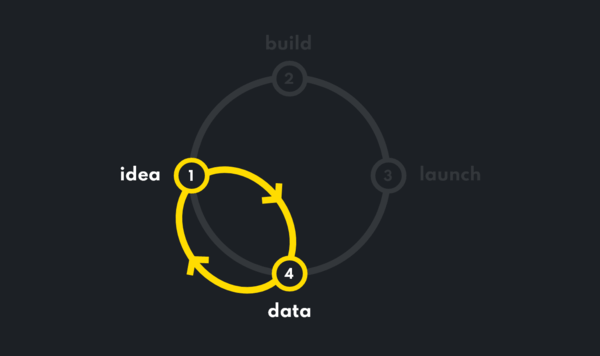
When to do a Design Sprint?
Anytime when you have a problem big enough that you need to gather around several people from different departments for 2 days. In other words, anytime when you have a decision to make that could be big and costly enough for your product/company if it goes the wrong way.
Typical scenarios in which a Design Sprint would benefit:
- creating a new product
- redesigning a current product
- adding a new feature to an existing product
- having problems with your product such as – how to increase customer engagement, the number of subscriptions, members, etc.
Problems that are brought into the Design Sprint should be the ones that are worth validating quickly with users. A question worth asking is – how much would it cost you if the product goes in the wrong way?
Who should be on a Design Sprint team?
The number of people/ roles depends on the size of the company. We’ll divide this into two lists. One for startups or small and medium-sized companies, and one for larger companies or corporations. In both cases, it’s mandatory that a decision-maker is attending the sprint.
For startups:
- CEO (decision maker)
- Product Manager
- CTO
- Someone from Marketing
- Someone from Sales
For corporations:
- Business or Product Owner (decision maker)
- Marketing Executives
- Sales Managers
- Someone from any other closely related department (customer service, production, R&D, etc.)
What does a Design Sprint look like?
We’ll explain the Design Sprint process using the specific framework we at Samurai Digital use when working with clients:
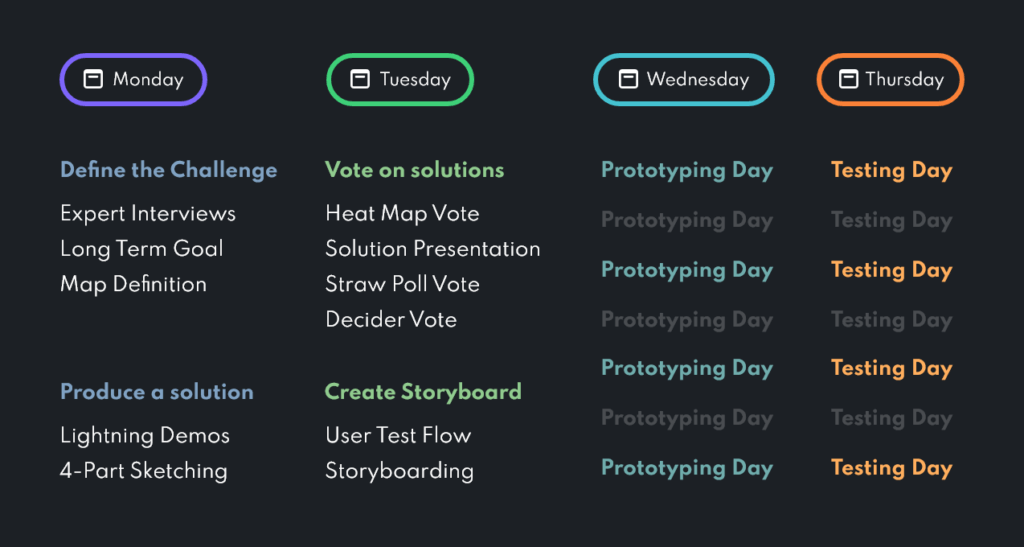
Day 0
Before the start, our team will research the landscape of your current or future product and gather insight about the market, competition, trends, opportunities, and threats. Our facilitator (Project Manager) will have a short call with the client’s Product Manager or someone who knows the most about the product to understand the current situation and problems that your product is facing.
Day 1
On the first day of the Design Sprint, our main goals are to:
- Define the challenge
- Produce a solution to the challenge
Define the challenge
During the morning session, we’ll define the main challenges through a series of exercises. We will conduct expert interviews, during which the whole team will receive a perspective of the product and the challenges facing it. Based on the inputs we’ll be able to define the long-term goal and put down the questions that we want to answer through the workshop.
During the mapping session, we’ll define the general flow that the user goes through, starting from a research query on Google to the final conversion that we aim for.
Produce a solution
After lunch, with all previously gathered information, we’ll let our creative juices flow through a 4-part sketching session. The result of the session will be several concepts that each sprint attendee considers valuable to test.
Day 2
The second day (also called “decision day”) is about deciding on a direction that we want to go further with and creating a detailed storyboard that we’d like to test with potential users.
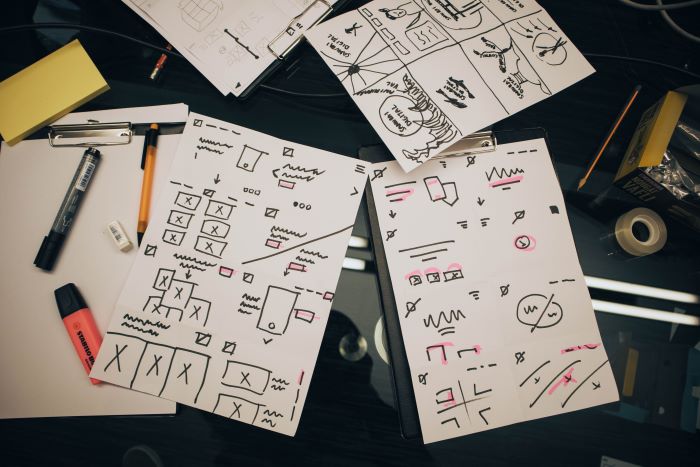
Vote on solutions
During the morning session, through a series of voting exercises we’ll help a decision-maker to bring a final decision regarding the concept we’ll prototype and test.
Create storyboard
Once we decide on the concept in the afternoon, we’ll go through the user test flow and create a storyboard that will provide context while testing the concept with the user.
During days 3 & 4 the client-side is free of all activities.
Day 3
Prototyping
On day 3, a designer will take the final concept and the storyboard to prepare a clickable prototype. The facilitator or Project Manager will search for users that will test the prototype and create the testing schedule for the next day.
Finding users for testing
Depending on the product’s target user, we create Facebook ads and invite people to participate in the testing. To achieve a better conversion rate, we suggest our clients to give something back to testers for investing their time.
Another possibility is that the client has an existing user base from which we can contact a dozen users and invite them for testing.
Day 4
Testing with users
Through 5-7 test sessions the facilitator will test the prototype with users that were gathered the day before. During the test sessions, it’s important to ask open questions and not lead users to the answers. Only in that way we’re able to gather unbiased information. After test sessions, we will create a report with all findings and suggestions gathered from users.
What to do after a Design Sprint?
Based on the results from testing, we usually suggest two directions:
- If the idea was validated during tests with the users, we suggest creating a product’s technical specification. With a validated main flow and technical specifications, you will have strong pillars for further development. Consequently, creating both time and financial estimates will be more precise.
- If the idea wasn’t validated during testing or some better features were suggested by testers, we’re suggesting doing an iterative design sprint that will take into account all new information, implement them and validate them one more time with users.
How much does a Design Sprint cost?
The Design Sprint cost process depends on a few factors:
- Number of people involved
The first price factor is how many people are needed from the agency’s side. For example, is it only a facilitator or a designer as well? Or maybe you do not have a digital marketer internally, and you’d like someone with that perspective attending too.
- Workshop length
Another element is the length of the workshops. Will we be doing an iterative design sprint and technical specification? We are recommending both, but in cases when you’re only pitching an idea internally those could be a bit of an overkill.
Interested in a Design Sprint?
At Samurai Digital, we are experienced in providing digital product design and development services for startups and enterprises using Design Sprint methodology.
If you’re interested, feel free to reach out to us for a free, non-binding 1-hour consultancy call where we can talk more about the challenges you’re facing and how we can help.


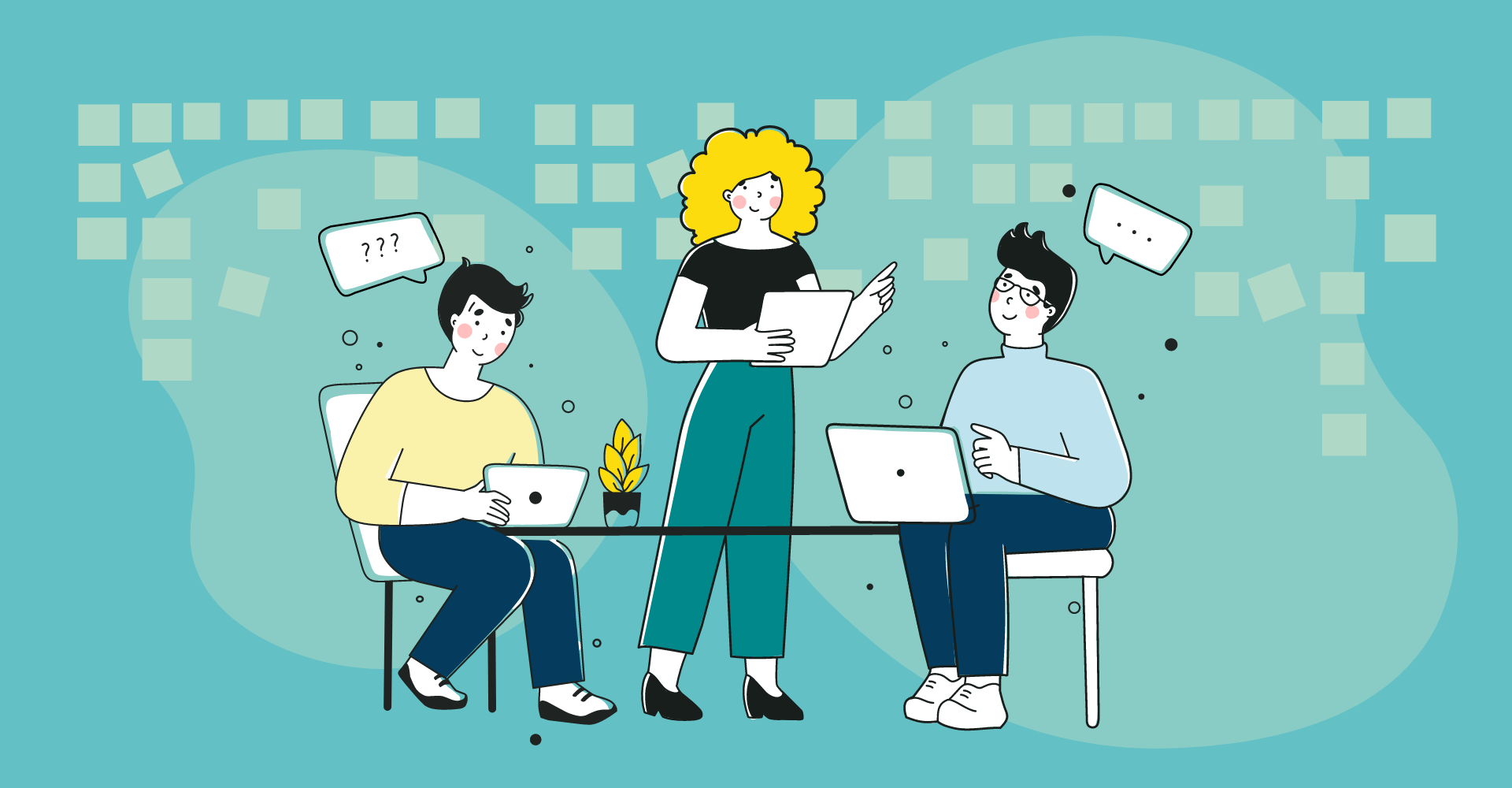
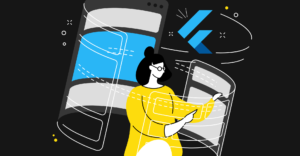
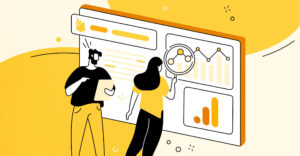
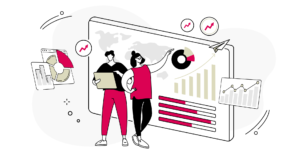

-
Instagram
-
Linkedin
-
Facebook
info@samurai-digital.com